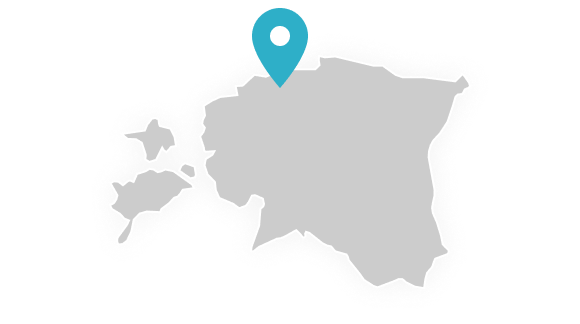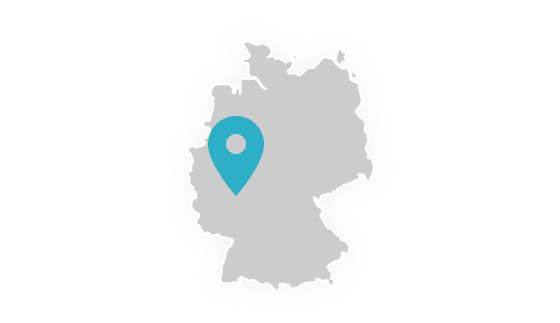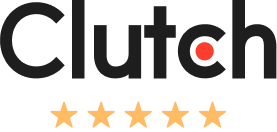As the digital transformation continues to reshape industries, businesses are increasingly turning to online solutions, with Software as a Service (SaaS) emerging as a leading and highly praised business model. SaaS has proven to be a game-changer, delivering significant returns on investment for both companies and their users.
SaaS application development has left no niche untouched, from software development to entertainment and finance, and these days, SaaS applications are everywhere. Let’s dive into how established and emerging SaaS models are reshaping the software landscape.
WHAT EXACTLY IS SAAS?
Among the three primary cloud-based service models—SaaS, PaaS, and IaaS—SaaS stands out as the most widely embraced. But what is it, exactly?
In the software-as-a-service (SaaS) model, applications are hosted on cloud servers and delivered to users over the internet. This approach allows independent software vendors (ISVs) to host their applications on third-party cloud providers, some of which are major software companies like Microsoft. Typically, SaaS users pay a monthly subscription fee to access the application. The subscription fee varies based on factors such as data storage needs, required technical support, or the number of users.
THE POPULARITY OF SAAS APPLICATIONS

SaaS-based services like Google Drive and Slack have gained immense popularity, with many offering free versions with limited features. The concept of SaaS started gaining traction in the 1990s, and today, more than 60% of companies utilize cloud services for their operations. Moreover, the SaaS industry is projected to reach a staggering $195.2 billion by 2023.
The widespread appeal of SaaS application development can be attributed to its myriad of benefits. Let’s explore some of them:
Ease of Access
SaaS applications are accessible through web browsers, eliminating the need for complex installations or downloads. Users can access the software from any device with an internet connection, making it incredibly convenient and versatile.
Cost Efficiency
SaaS follows a subscription-based model, allowing businesses to pay for what they use on a recurring basis. This eliminates the need for upfront investments in hardware, software licenses, and maintenance, making it especially cost-effective for small and medium-sized enterprises.
Scalability
SaaS applications can effortlessly scale up or down to accommodate evolving business needs. Organizations can add or remove users and features as necessary, without the need for major reconfigurations.
Automatic Updates
SaaS providers take care of software updates and maintenance, ensuring that users always have access to the latest features, security patches, and improvements without manual intervention.
Rapid Deployment
Traditional software implementations can be time-consuming and resource-intensive. SaaS applications are typically ready for use shortly after subscription, enabling businesses to swiftly implement new solutions.
Accessibility and Collaboration
SaaS applications facilitate real-time collaboration among geographically dispersed teams. Multiple users can work on the same document or project simultaneously, enhancing productivity and teamwork.
Security and Compliance
Reputable SaaS providers invest heavily in robust security measures and compliance certifications. They offer data encryption, regular backups, and adherence to industry regulations, often surpassing the security measures of individual businesses.

User-Friendly Interfaces
SaaS applications typically feature intuitive user interfaces designed for ease of use. This reduces the learning curve for employees and enhances user adoption.
Global Accessibility
SaaS applications can be accessed globally, making them ideal for businesses with international operations, remote employees, or customers in different time zones.
Trial and Flexibility
Many SaaS providers offer free trials or limited versions of their applications, enabling businesses to test the software before committing. This trial period helps ensure compatibility and suitability.
Innovation and Upgradability
SaaS providers continuously innovate to stay competitive. This means users benefit from evolving features, functionality, and integration options that adapt to changing business requirements.

In a world where agility and efficiency are paramount, SaaS application development has emerged as a driving force in reshaping how businesses operate and deliver software solutions. Its versatility, cost-effectiveness, and ability to adapt to evolving needs make it a powerful tool in the arsenal of modern businesses, large and small alike.
As you explore the world of SaaS application development, consider the benefits and opportunities that this transformative model brings to your organization. And when you embark on this journey, keep Insoftex in mind as a trusted ally in your pursuit of innovation, efficiency, and success in the digital age.







